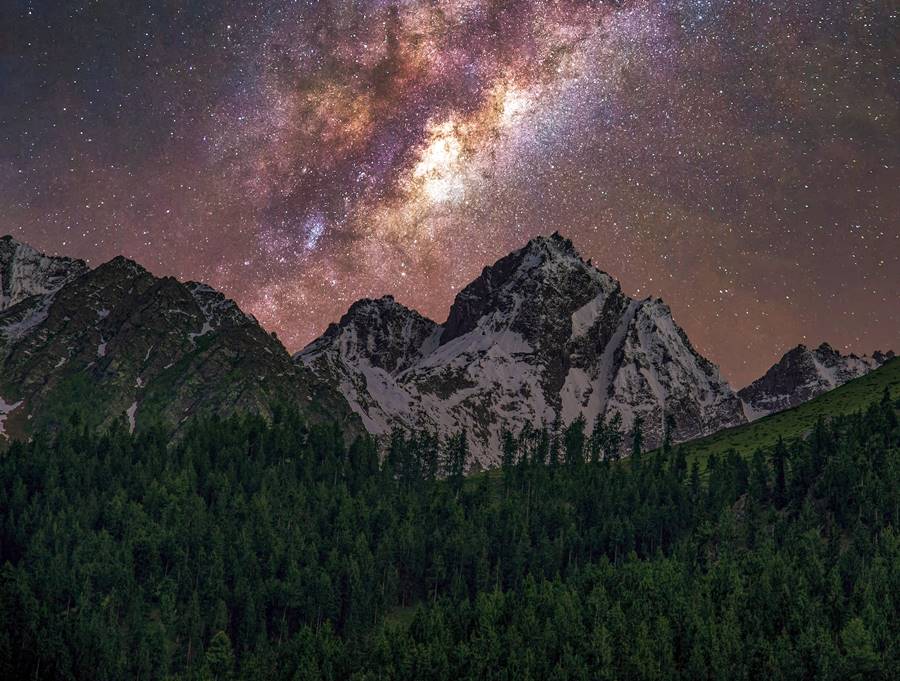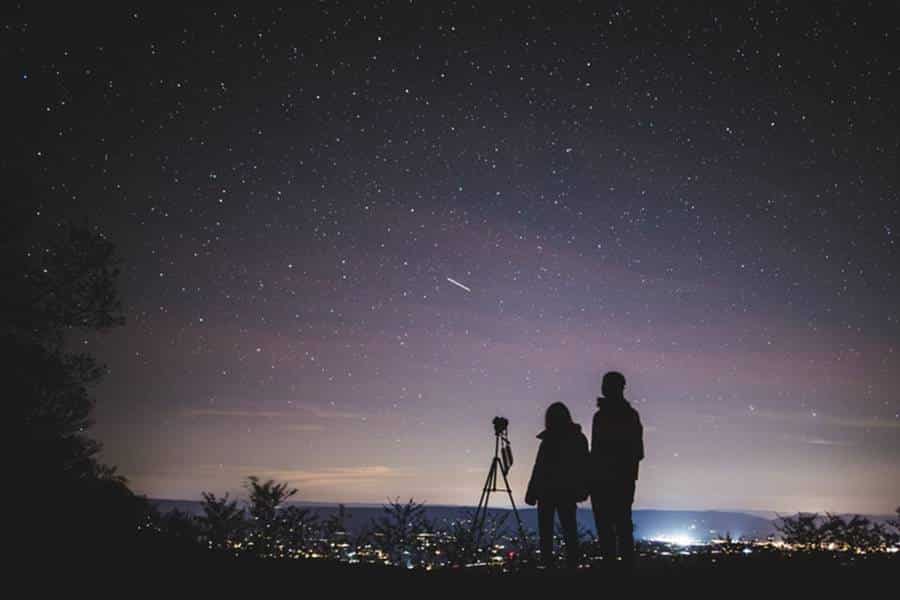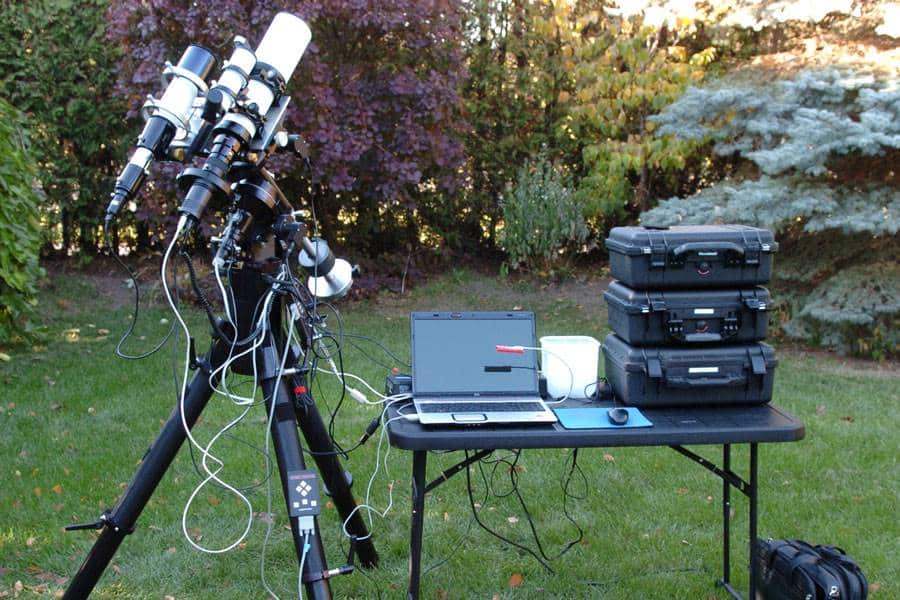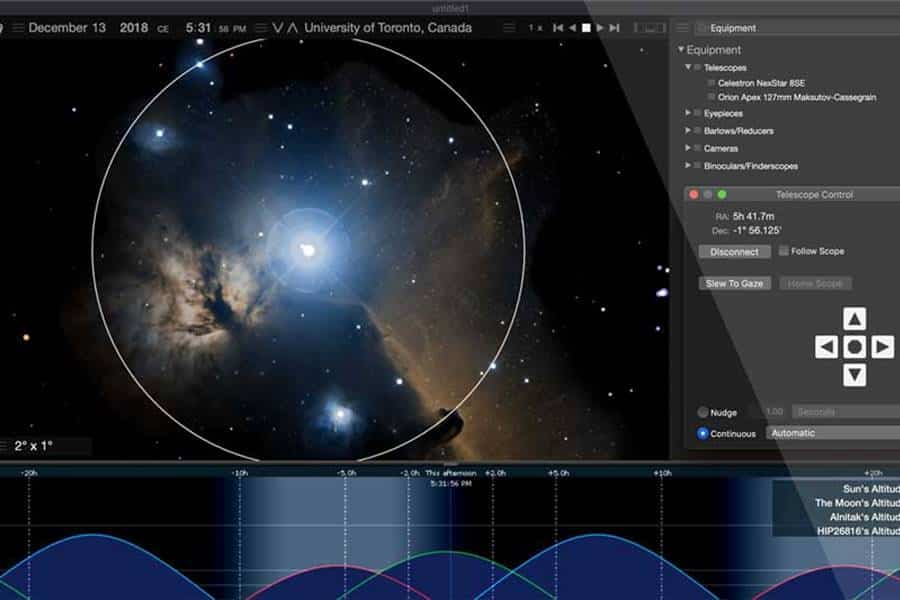Focal length in astrophotography refers to the distance between the lens and the camera’s image sensor. It determines the field of view and magnification of the captured image.
In simple terms, a shorter focal length means a wider field of view, allowing you to capture more of the sky in a single shot. This is useful for capturing expansive views of the night sky, including wide constellations or the Milky Way stretching across the horizon.

On the other hand, a longer focal length provides a narrower field of view, magnifying distant objects. This is beneficial when you want to focus on specific celestial objects like the moon, planets, or deep-sky objects such as galaxies or nebulae.
Choosing the appropriate focal length depends on the desired subject and the composition you want to achieve. Wide-angle lenses with shorter focal lengths (e.g., 14-24mm) are commonly used for capturing wide vistas of the night sky, while longer focal lengths (e.g., 200-300mm or more) are preferred for close-ups of individual objects.
It’s important to note that as the focal length increases, the amount of light captured by the lens decreases, which may require longer exposure times or higher ISO settings to compensate. Additionally, longer focal lengths are more susceptible to the effects of camera shake, so using a tripod or other stabilization methods becomes crucial.
Ultimately, the choice of focal length in astrophotography depends on the specific scene or object you want to capture, as well as your creative vision for the final image.


